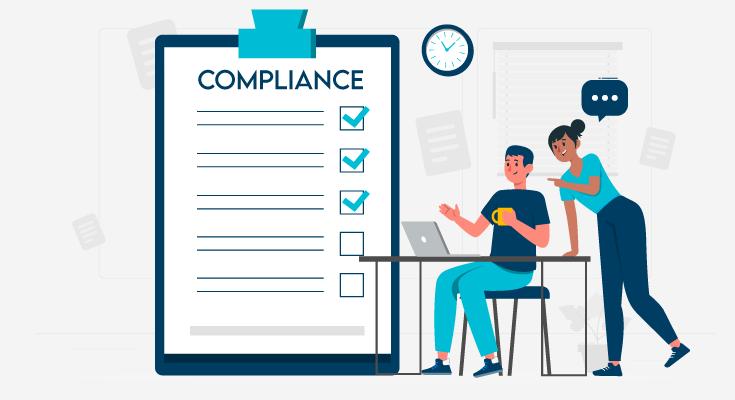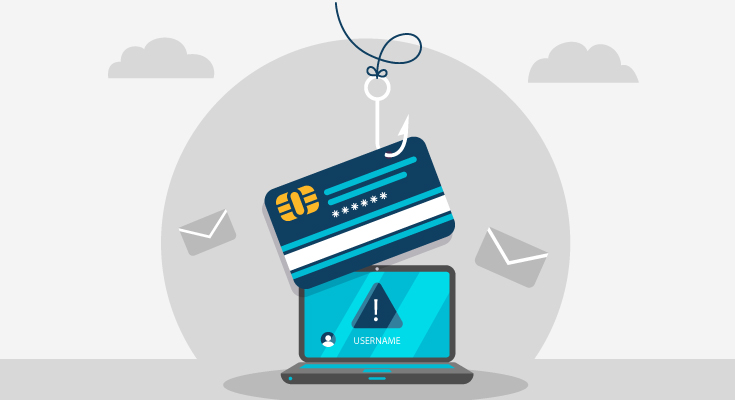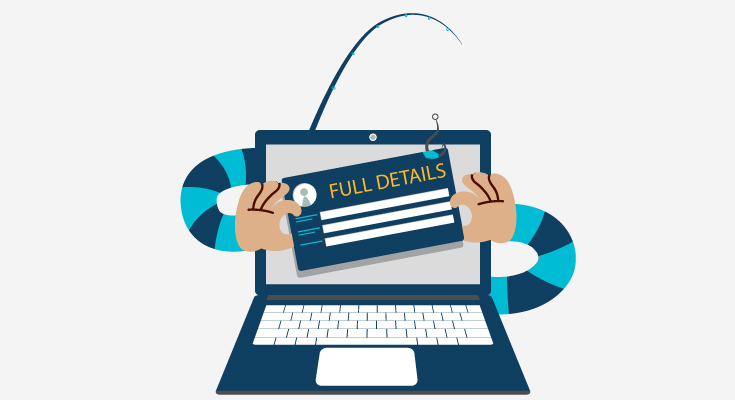Proving ourselves online has become a relatively recent problem. As the world becomes interconnected, it becomes harder to distinguish between legit users and people who imitate a legit user. Document verification and identity verification methods are essential when high-risk transactions are involved.
ID verification and other similar methods have become necessary for the identity-proofing process.
Several methods exist to verify our identity, including biometric data, faces, fingerprints, eyes, and voice.
What is Biometric Authentication?
Several biometric verification methods allow us to prove who is online. Biometric authentication is commonly used for device security, authenticating online transactions, immigration controls, and patient identification in healthcare.
All biometric recognition solutions use a comparison of the digital representation of a physical or behavioral feature with a previous template.
Biometric systems must operate on pre-determined recognition accuracy and meet the speed and organizational resource requirements.
Advantages of Biometric Verification
Using Biometric verification is different from relying on third-party verification solutions. That doesn’t make biometric authentication inferior to other solutions.
Here are the advantages of Biometric authentication:
1. Fast and Convenient
Some types of biometric authentication are faster than others. Almost all verification can be done within seconds. Biometric verification is a convenient and secure method for protecting against ID fraud.
Biometric authentication is enough and doesn’t require PINs, passwords, KBAs, or other responses. Eliminating the need for remembering passwords. The best part of biometric authentication is that there’s no need to carry credentials.
2. High-Level of Security
Unlike KBA, biometric authentication has no information that hackers can steal. Cyberattacks and data breaches don’t risk the stealing of biometric data. To have a chance at stealing biometric data, hackers have to target specific individuals.
To imitate an individual’s physical characteristics, fraudsters have to sophisticated circumvention of scanners or camera sensors in a biometric system. Stolen and impersonated biometric data can still be verified with liveness checks to ensure the person is legit.
3. Tough to Fake Genuine Presence
Biometric verification is trusted because it’s directly related to the genuine presence of the owner.
The US National Institute of Standards in Technology evaluates and ranks liveness detection technology to ensure that only the best is used. Combining biometric authentication with liveness checks makes biometric systems hard to imitate.
Disadvantages of Biometrics Authentication
It’s not all good when it comes to Biometrics authentication; the solution also has some drawbacks. Such as:
1. False Biometric Matches Can Happen
While it is rare, a false biometrics match can happen. It happens when the biometrics data of two individuals need clarification. Most of the time, it occurs in the case of two similar-looking siblings. If the biometrics data used is incorrectly recorded, then the chances of these mistakes happening increase dramatically.
To reduce the false approval rates in biometrics authentication systems, the system should be able to capture high-quality biometrics data. It should also be able to update biometrics reference data regularly to match with users.
2. Can Reject Legit Users
Instead of giving out false positives, biometrics authentication can reject a legit user. This can happen when a person’s biometric traits change (with age/due to some accident/weight gain or loss). Poor image capture can also cause result in false rejections.
To prevent this, ensure that systems’ sensors capture high-quality biometric samples and templates.
3. Biometrics Bias
Biometrics verification systems run on machine learning algorithms. In past studies, the US National Institute of Standards and Technology showcased that African-American and Asian people experienced 10-100 times higher FAR.
There should be special care to train these algorithms on all-inclusive data sets that don’t discriminate against races and demographics. The best authentication systems should follow ISO standards to ensure no discrimination or disadvantage for any group.
4. Secure and Smooth Digital Experience
Brands are built on trust and excellent customer relationships. A great digital experience and a safe experience matter to businesses and customers. ID verification systems must balance these out and adjust between security and convenience according to the organization’s needs.
Multi-biometrics systems can combine authentication checks against several biometrics features.
It makes sense to layer identity data verification checks to provide an ideal level of speed and security in biometrics authentication. Verify names, date of birth, and addresses alongside biometric verification to establish trust in a person’s identity.














